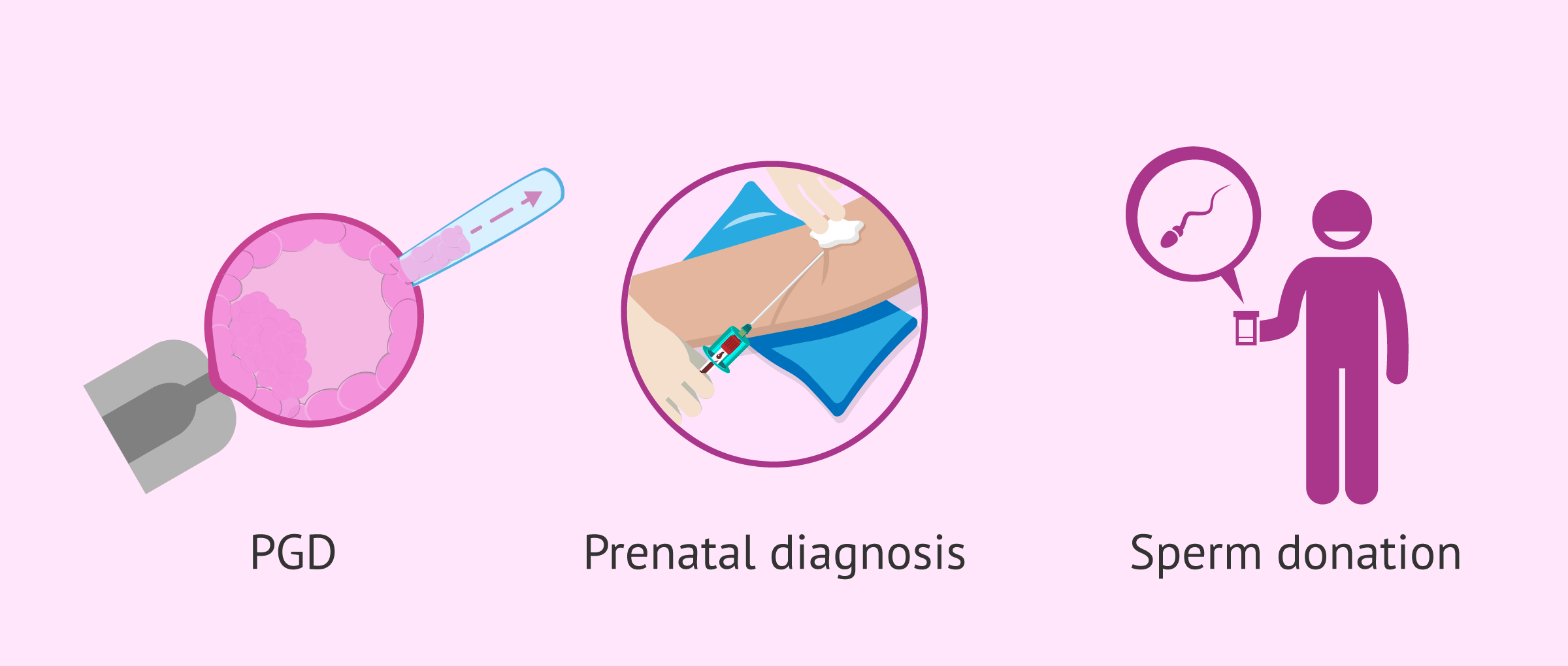The FISH technique allows us to know the number of copies of each chromosome in the nucleus of the spermatozoa. If several signals are detected for the same chromosome, the FISH is altered. In these cases, the options would be to carry out in vitro fertilization (IVF) with preimplantation genetic diagnosis to transfer those embryos without chromosomal alterations.
If the pregnancy is achieved with an altered FISH, a prenatal diagnosis is recommended.
Finally, if pregnancy is not achieved, a semen donation can be used, where the quality of the semen is good and there are no genetic alterations.
Read the full article on: Fluorescent in situ hybridization FISH: Alterations in Sperm Cells ( 82).
By Blanca Paraíso M.D., Ph.D., M.Sc. (gynecologist), Marta Barranquero Gómez B.Sc., M.Sc. (embryologist), Mónica Aura Masip M.D., M.Sc. (gynecologist), Sergio Rogel Cayetano M.D. (gynecologist) and Michelle Lorraine Embleton B.Sc. Ph.D. (biochemist).
Last Update: 09/11/2019
